Comments (0)
Add Comment
-
 Views: 713
Views: 713
Electronics mounted -
 Views: 591
Views: 591
Bottom side of the pod. I used pull-pull for the elevator -
 Views: 637
Views: 637
Close up the elevator servo -
 Views: 643
Views: 643
Elevator pull-pull -
 Views: 618
Views: 618
Close up the pull-pull turn around. Yes, there is a 2 mm wide carbon rod in there. Had to file a small V in to keep the strings centered. -
 Views: 602
Views: 602
Front side of the pull-pull. No guide here. I tried a piece of teflon tubing, but it just kept popping out. -
 Views: 619
Views: 619
Rudder linkage. Typical push-pull control rod. I wanted to do pull-pull here, but was talked out of it by fellow Blaster 2 flyiers. -
 Views: 641
Views: 641
Wing mount with the wiring plug in place. Used balsa to keep it in place. Makes mounting the wing in the field easy
-
 Views: 804
Views: 804
The components: Dymond D47 servos, CF torque tubes, stainless steel wipers, CF and bass wood servo mounts -
 Views: 646
Views: 646
Servo mounted -
 Views: 660
Views: 660
Both servo's mounted (the servo wires will be internal, eventually) -
 Views: 637
Views: 637
Just enough clearance for minimal interference. -
 Views: 626
Views: 626
Top side of the ailerons -
 Views: 621
Views: 621
Left wiper pocket, nice and clean -
 Views: 640
Views: 640
Right wiper pocket. This one didn't come out "as" well as the right side. I wasn't paying attention with the Dremel and poked through the surface. This was the first pocket done. Learned my lesson, and corrected for the left pocket.





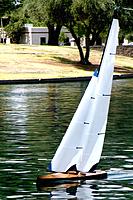

 My second trophy ever so far in my life. To bad I have to give it back next year to whomever wins it then (if I don't win again)
My second trophy ever so far in my life. To bad I have to give it back next year to whomever wins it then (if I don't win again)
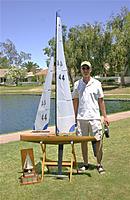


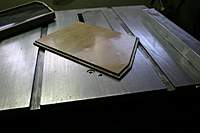





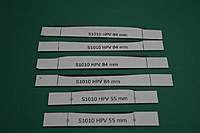
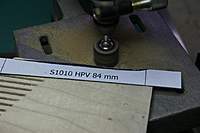
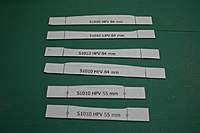
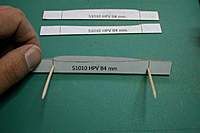
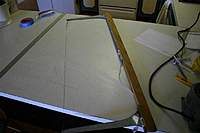


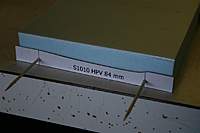

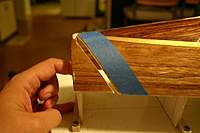













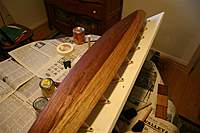






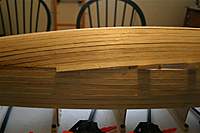




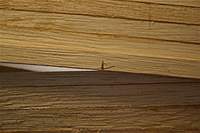














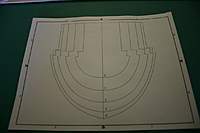









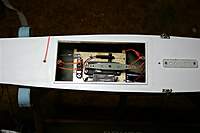



 Not good. Now I know why they put pin stripping all around, it was acting as a seal.
Not good. Now I know why they put pin stripping all around, it was acting as a seal.




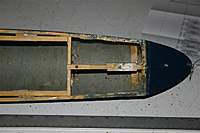


 ) So off I go tearing apart my Tx. I ended up using a rubber band, but worked it into the gimbal. Here are the photos.
) So off I go tearing apart my Tx. I ended up using a rubber band, but worked it into the gimbal. Here are the photos.











